Description
When I first began researching the reports of anomalous energy production from water electrolyzer projects in 2006, I assumed that zero-point energy (ZPE) was somehow involved in dissociating water into hydrogen and oxygen. I soon changed my mind when I learned about the strange behavior of the Brown’s gas torch. It exhibited a cool flame just a little above the boiling point of water, yet the torch could vaporize tungsten, which requires a temperature above 10000 degrees F.
However, the phenomena reminded me of something with which I was familiar: The research of Ken Shoulders. He discovered a form of microscopic ball lightning that he called “electrum validum” (EV) that had the ability to disrupt atomic bonds whenever they struck conductive material. EV’s disrupt atomic bonds with coherent energy, not with heat. When Shoulders became convinced that their energy was sourced from the zero-point vacuum energy, he renamed them to “exotic vacuum objects” (EVO). It appeared that something akin to EVO’s was in the Brown’s gas torch. If this were the case, then the various HHO projects offered the simplest means for hobbyists to construct coherent ZPE devices.
The explanation had one problem: the EVO or microscopic ball lightning requires a symmetrical spherical form, around which a plasma discharge surrounds to form the plasma vortex ring or “plasmoid.” I hypothesized that a microscopic water cluster had to be present, but I could not find any supporting evidence in the standard scientific literature. However, last year when I researched the water gas project of Ryushin Omasa, I learned Omasa was producing nanobubbles of hydrogen, and moreover Japanese researchers discovered that water nanobubbles of any gas are surprisingly stable. As a result of laser back-scatter measurements, the scientific community has finally accepted the existence of stable nanobubbles. At last I found my hypothesized water cluster particle to support the formation of microscopic ball lightning!
In an internal combustion engine the big anomalous energy manifests from microscopic ball lightning – not hydrogen combustion. In my presentation last year I proposed that simply combining fog gas with a huge plasma discharge in a combustion chamber could drive a genset with excess energy. This year I discovered the research of Walter Jenkins who has been doing just that, independent of me or any of my information. This year all the pieces of the HHO energy puzzle came together to yield my best presentation on this topic.
(Description by Moray King)
Part of the 2016 Energy Science & Technology Conference series (78 mins downloadable video).

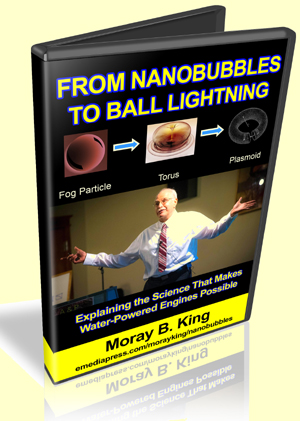

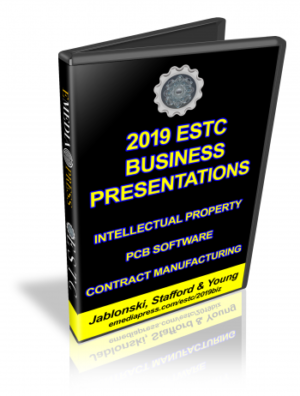

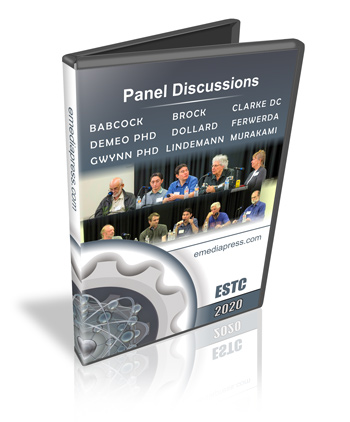
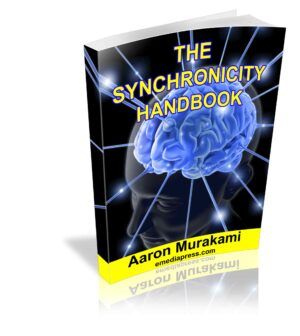
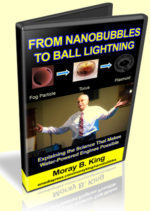
Reviews
There are no reviews yet.